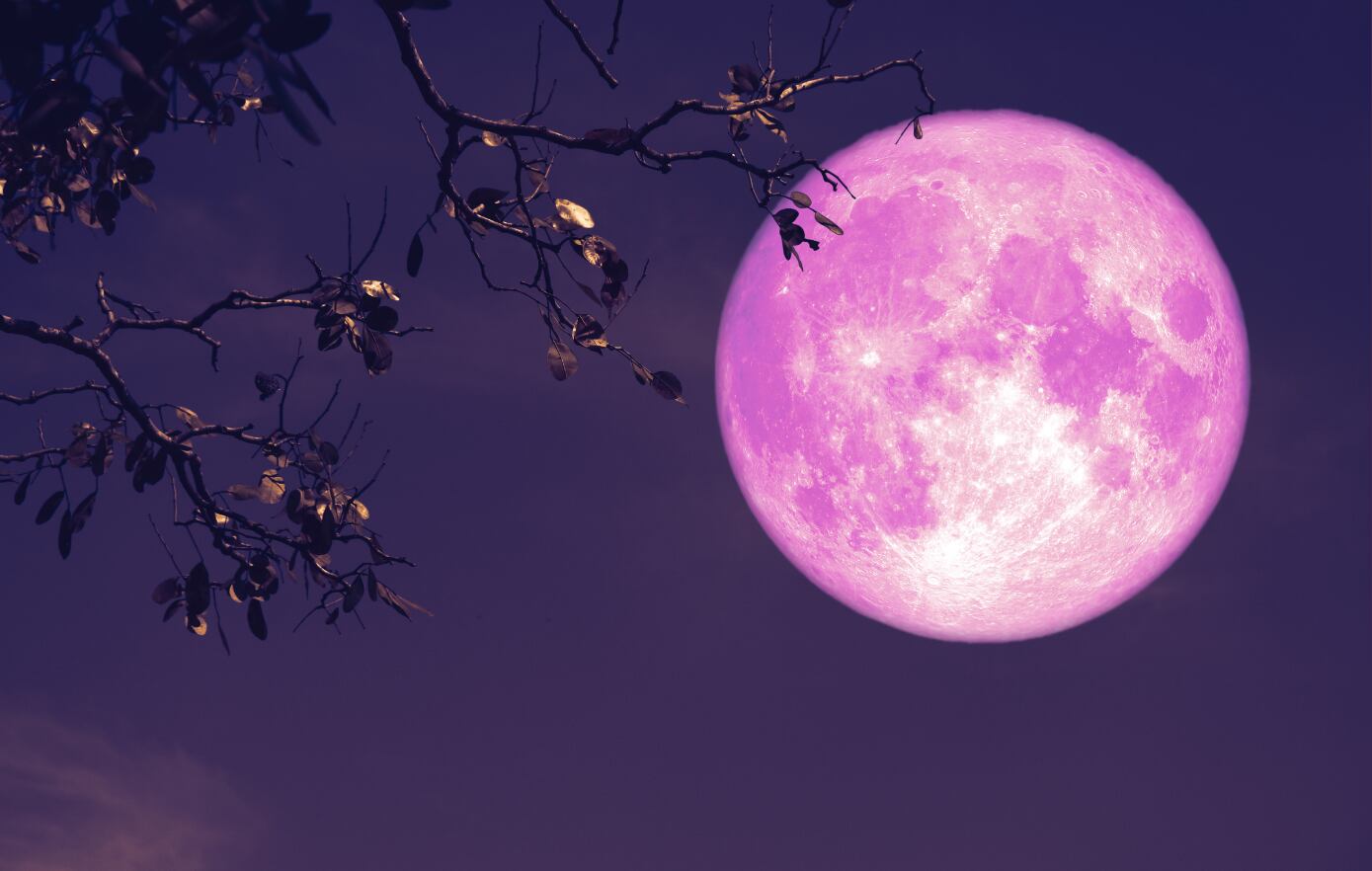Islamabad, June 12, 2025: Strawberry moon sightings offered skywatchers a dazzling spectacle on the night of June 10, as the moon took on warm tones of amber and crimson. Though the phenomenon peaked in the early hours of June 11, around 3:44 a.m. ET, experts recommended catching a glimpse during the preceding evening for the best view.
Regarded as the strawberry moon, this lunar event is often the most vibrantly colored of the year. According to Bob Bonadurer, who leads the planetarium at Milwaukee Public Museum, the moon’s trajectory during this period causes it to hang low over the horizon, forcing its light to filter through more of Earth’s atmospheric layers. This atmospheric path can shift its glow toward fiery reds and rich oranges, creating an unforgettable visual.
Despite its fruity name, the strawberry moon doesn’t earn the title from its hue. The term traces its roots to seasonal markers used by Algonquian-speaking Indigenous peoples across what is now the northeastern and midwestern United States. The Ojibwe, Dakota, and Lakota communities also adopted this term, which corresponded with the ripening of wild strawberries in early summer.
This particular moonrise stood out not just for its vivid palette, but also because of an astronomical alignment known as a “major lunar standstill.” As reported by EarthSky, the moon’s orbit enters this phase roughly every 18.6 years, subtly altering its path and appearance. The last time this occurred was in 2006.
READ MORE: Asteroid ‘City-killer’ Might Strike Moon But Earth
John Jardine Goss of EarthSky explained, “It comes down to the tilt of the moon’s orbit, which is gradually nudged due to the sun’s gravitational influence. The effect leads to dramatic variations in where the moon appears in the sky during a full cycle.”
For those who may have missed the opportunity to witness this strawberry moon, a faint encore may be visible on the night of July 12.
READ MORE: Pink Moon Visible in Pakistan April 13?
Upcoming Full Moons in 2025
The lunar calendar for the remainder of 2025 promises several celestial events worth noting:
- July 10 – Buck Moon
- August 9 – Sturgeon Moon
- September 7 – Harvest Moon
- October 6 – Hunter’s Moon
- November 5 – Beaver Moon
- December 4 – Cold Moon
Whether or not the sky cooperates with clear views, each of these full moons carries its own historical and cultural significance, keeping humankind’s gaze lifted skyward in quiet fascination.









